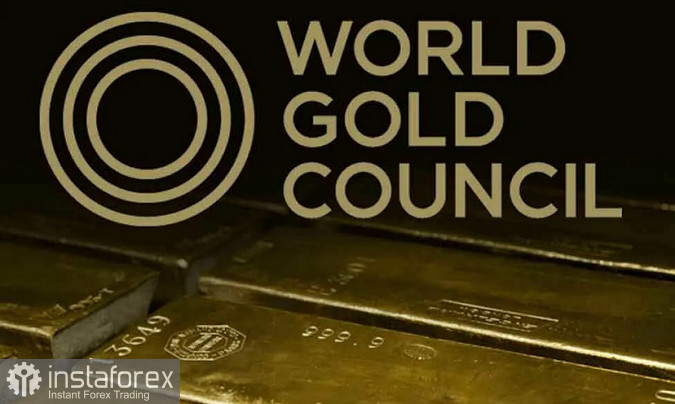
Most central banks have been selling gold for the past two months. In a report released on Tuesday, the Word Gold Council said six tons of gold were sold from official reserves in February. This is despite the 18 ton decline this year, as reserves remain above 35,600 tons, the highest level since 1990.
The WGC said Uzbekistan was the biggest seller in February, having cut its gold holdings by 22 tons to 339 tons, the lowest level since December 2020. However, it still makes up a significant portion of the central bank's reserves at 59%.
Other central bank sellers included Kazakhstan, which sold another 5 tons in February, after selling 17 tons in January. Qatar sold 6 tons of gold in February, while Mongolia and Germany both sold one ton. But according to the WGC, Germany's was connected with the minting of coins.
As for purchases, Turkey dominated the market, having bought 25 tons in February. This raises its gold reserves by 35 tons, which is 27% of the total reserves. India also bought 2.6 tons of gold in February, bringing its total gold reserves to 758 tons. Ireland, meanwhile, added one ton of gold to its reserves.

Although central banks were net sellers of gold in the first two months of 2022, WGC analysts believe that they will eventually become net buyers of gold. After all, there is a new focus on the market, that is, the current geopolitical situation, which has created uncertainty and caused some countries to question the role of the US dollar as the world's reserve currency.
According to many analysts, long-term investments in gold will remain attractive for central banks seeking to diversify their assets away from the US dollar. But there is a possibility that it will take decades before dollar loses its dominant status as it currently makes up about 60% of the world's reserves.
 English
English 
 Русский
Русский Bahasa Indonesia
Bahasa Indonesia Bahasa Malay
Bahasa Malay ไทย
ไทย Español
Español Deutsch
Deutsch Български
Български Français
Français Tiếng Việt
Tiếng Việt 中文
中文 বাংলা
বাংলা हिन्दी
हिन्दी Čeština
Čeština Українська
Українська Română
Română

